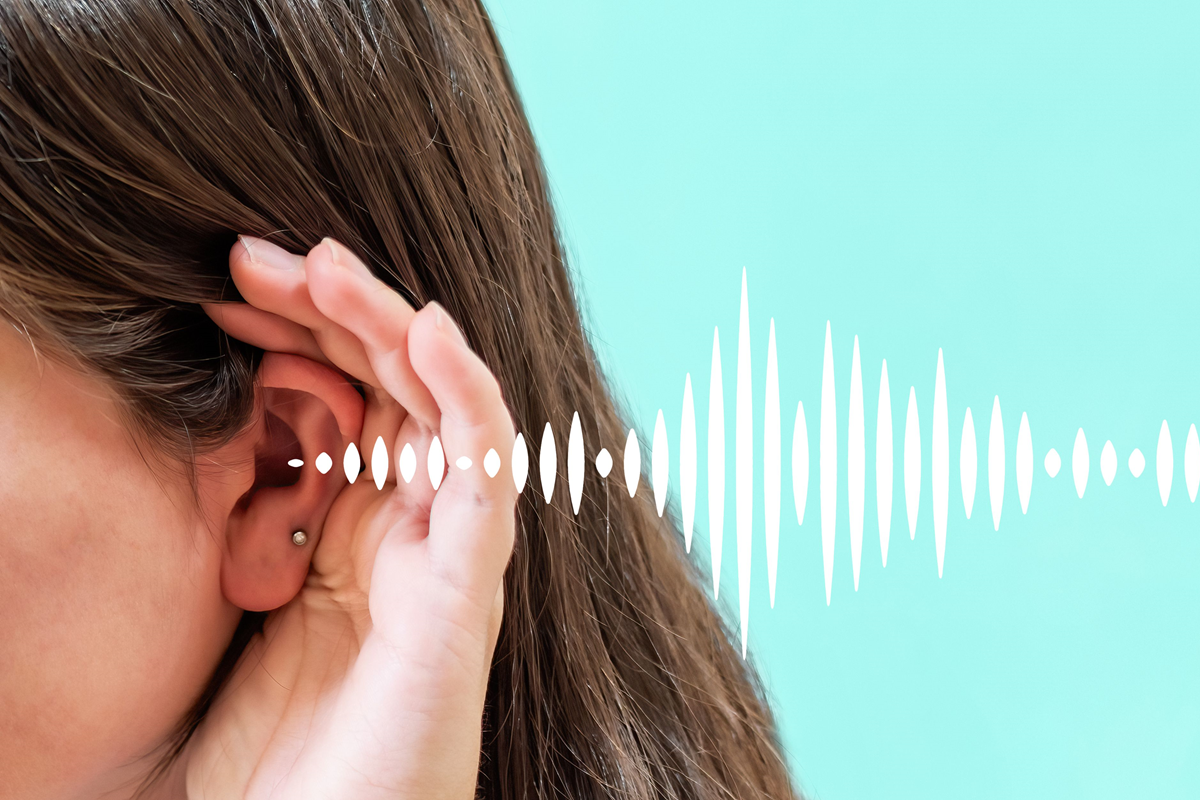For decades, marketing has been synonymous with visuals. From images to videos, the evolution of visual content—reels, short videos, and memes—has dominated the communication landscape. But now, the tides are shifting. Slowly but surely, audio is emerging as a powerful tool in the world of marketing and advertising.
The Rise of Audio in Marketing
The pandemic acted as a catalyst for the resurgence of audio. With people spending extended hours in front of screens during lockdowns, many experienced “screen fatigue.” As a result, they turned to audio content for entertainment and education, a trend that has continued post-COVID. This shift has prompted brands and marketers to take notice and incorporate audio into their strategies.
Bain & Company encapsulated the changing entertainment landscape, noting that “lines between media types are disappearing,” and audio has become an integral part of this blend. Consumers no longer rely solely on visual content; instead, they seek audio experiences that offer flexibility, personalization, and a respite from screens.
Reaching New Audiences with Audio
Audio provides brands with unique opportunities to reach diverse demographics. Platforms like Spotify, Pocket FM, and Clubhouse have exploded in popularity, catering to different languages, income levels, and age groups. This variety allows brands to engage their target audiences in ways that weren’t possible before.
The flexibility of audio is one of its biggest advantages. People can listen to audio content while commuting, working out, or doing household chores. This “always-on” accessibility helps keep brands top-of-mind throughout the day. Moreover, audio engages consumers emotionally through the use of voice, music, and sound effects, creating a deeper connection between brands and their audience.
In fact, a study by the Audio Publishers Association found that 73% of podcast listeners in India feel a stronger bond with brands that advertise on their favorite shows. Audio storytelling also has a unique ability to foster loyalty and trust, as demonstrated by Mahindra & Mahindra’s (M&M) ‘Rise’ campaign. Through real-life audio stories, M&M was able to emotionally connect with their audience, proving that audio can often be more personal and impactful than visual advertising.
Audio’s Rapid Growth
The growth of audio as a marketing tool is undeniable. A Redseer study from February 2024 highlights the “hockey-stick” rise of audio series, a category expected to grow 2X in value over the next five years. With a global audience of 1.3 billion for audio series, the engagement potential is immense, thanks to its 24/7 availability.
This trend makes it imperative for marketers to integrate audio into their strategies. Just as visual logos are critical for brand recognition, audio elements like jingles, sound logos, and signature voiceovers play a vital role in enhancing brand recall. Think of the iconic Airtel tune composed by AR Rahman or Netflix’s signature intro sound—these audio cues have become synonymous with their respective brands.
Cost-Effective and Far-Reaching
Another compelling reason to embrace audio is its cost-effectiveness. Producing video content can be expensive, whereas audio offers a more budget-friendly alternative without compromising on reach or frequency. This is particularly valuable for brands operating in India, where the market is vast and diverse. Audio’s lower production costs and its ability to penetrate both urban and rural areas make it an appealing option for marketers looking to expand their audience.
Radio and streaming services also tend to have higher subscriber bases in rural regions, further extending the reach of audio advertising. Additionally, during crises, such as the COVID-19 pandemic, brands turned to audio platforms to share vital information, reassure their customers, and maintain brand presence.
Measuring the ROI of Audio
With the increasing prominence of audio, measuring its impact has become a priority for brands. Thanks to advanced tools, brands can now map their audio investments and optimize their strategies for maximum ROI. Programmatic audio advertising enables brands to target specific listener segments, track engagement rates, and tweak campaigns in real-time.
Audio offers a clutter-free, intimate way to capture attention and deliver brand messages. Its emotional appeal, flexibility, and personal touch make it an indispensable part of the modern marketing mix. Brands that recognize this shift will be the ones that build enduring relationships with their audiences in the years to come.
As audio continues to rise in prominence, it’s clear that the brands that embrace this shift will stay ahead in the evolving marketing landscape. Whether through storytelling, jingles, or podcasts, audio is no longer just an afterthought—it’s becoming the new video.



